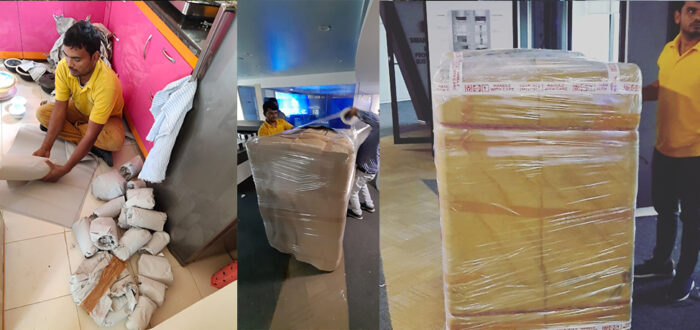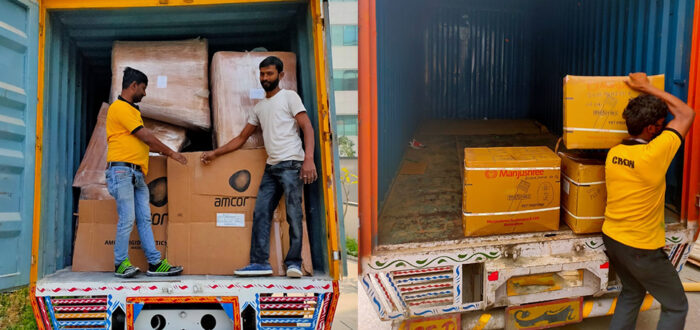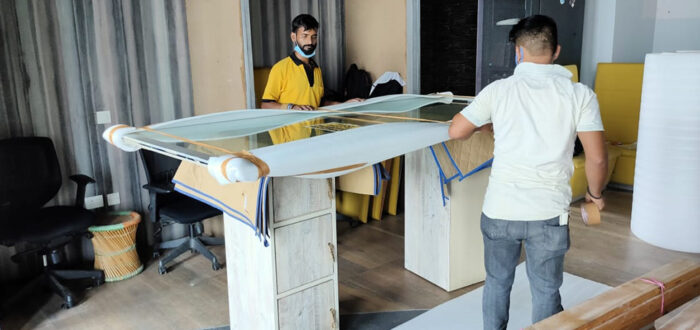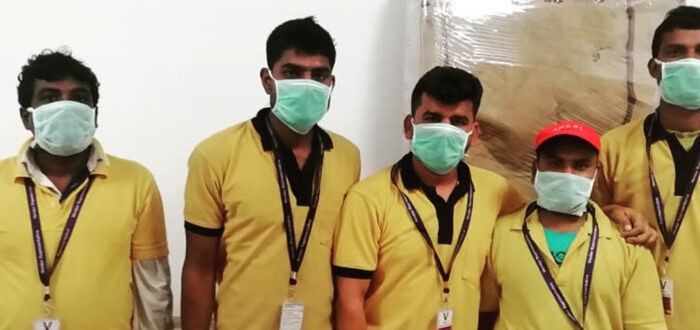https://www.etorelocation.com/windows-11-pro-64-bit-iso-image-all-in-one-2022-super-fast-download/
https://healthcarewritermarketplace.com/2025/04/11/fixing-windows-installation-problems-related-to-file-permissions/
https://tulipspavip.com/how-to-resolve-windows-installation-issues-with-design-frameworks/
https://createobuzz.com/windows-11-professional-cracked-bootable-image-english-5gb-without-key-lite-download/
Here’s a step-by-step guide on how to resolve Windows installation issues using local group policies:
Important: Before you start, make sure you have administrative privileges on the system.
Understanding Group Policies:
Group policies are an advanced feature in Windows that allows administrators to configure settings for specific groups of users or computers. They can be used to enforce security policy compliance, prevent malicious activities, and more.
In this guide, we’ll focus on resolving common installation issues using local group policies. We’ll cover the following topics:
- Creating a new group policy
- Applying the group policy
- Verifying the application
Step 1: Create a New Group Policy Object (GPO)
To create a new GPO, follow these steps:
- Log in to the computer with administrator privileges.
- Press
Win + Rto open the Run dialog box.
- Type
gpedit.mscand press Enter.
- In the Local Group Policy Editor, click on “Computer Configuration” > “Windows Settings” > “Basic Policies”.
- Right-click on “Group Policy Objects (GPOs)” and select “New”.
Step 2: Apply the Group Policy
To apply the GPO, follow these steps:
- Name your GPO (e.g., “Installation Issues”).
- Click on “Create” in the upper-right corner of the window.
- Navigate to “User Configuration > Administrative Templates”.
- Double-click on “Computer Configuration > Windows Components > System Services”.
- Select “Install Service Pack 2 (SP2)” and click “OK”.
Step 3: Verify the Application
To verify if the application was installed correctly, follow these steps:
- Open the Command Prompt as an administrator.
- Type
msconfigand press Enter.
- In the Services tab, click on “Startup” in the left-hand menu.
- Look for any applications that may have been started automatically when the system booted.
Common Installation Issues Resolved Using Group Policies:
Here are some common installation issues resolved using group policies:
- Installation of software is delayed or skipped: Create a new GPO and apply it to the relevant users or computers.
- Software installation requires user input: Set up a policy that asks users for confirmation before installing certain software (e.g., antivirus software).
- System files are not installed correctly: Create a new GPO and apply it to the relevant users or computers, specifying the system file locations.
Tips and Best Practices:
- Use group policies sparingly to avoid over-policing.
- Make sure to backup your GPOs before applying them to ensure their retention.
- Regularly review and update your group policy settings to reflect changes in your organization’s policies.
By following these steps, you should be able to resolve common installation issues using local group policies. Remember to use group policies judiciously and only when necessary to maintain system integrity and compliance with security policies.








